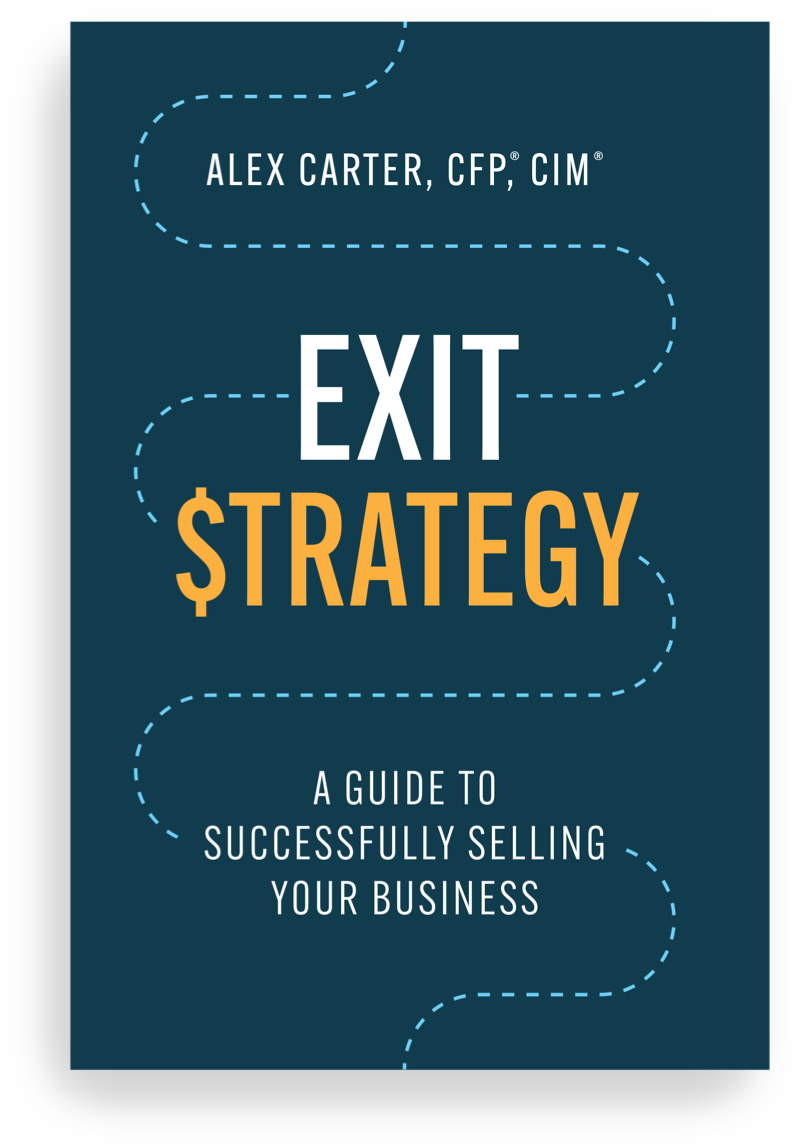As we’ve talked about previously, equities and bonds should be at the core of an individual investor’s portfolio. Equities offer the potential for long-term capital appreciation. Bonds, meanwhile, may provide some capital growth, but their role is more defensive—providing income and helping to offset market volatility.
Equities and bonds are what might be termed “traditional” investments. That is to say, they’re not particularly complex or fancy, and that’s actually a good reason for owning them. At the other end of the investing spectrum, there are products that can make your head spin and your net worth suffer. We avoid those, for obvious reasons.
Importantly, however, there are so-called “alternative” investments (alts) that offer important benefits but also with somerisks. We are pleased to now be able to suggest these to our clients who are interested in the strategies used by these funds and how they can fit in their investment portfolios.
The Case for Alternatives
When we are considering recommending an alternative investment to complement existing stocks and bonds, we look for one of the following characteristics:
- Does it come with a low correlation to traditional equities and fixed income?
- Does it provide an additional source of income without additional risk?
- Does it provide downside protection and performance potential in any market environment?
#1 and #3 are valuable qualities because they further diversify your investments and lead to less volatility in your portfolio. For example, if you own a product that doesn’t tend to move in line with the stock market, you may have something to “offset”, to some degree, large drops in equity markets. #2 is crucial, of course, because with interest rates so low, conventional fixed income products don’t come with much in the way of income potential.
An Example of an “Alt” We Recommend
To get a more concrete sense of why we have added these kinds of investments to our recommendations, let’s take a brief look at one of the “alts” we may offer: the CI Marrett Alternative Absolute Return Bond Fund. This Fund’s managers have the ability to position their bond portfolio based on where in the economic cycle they believe we are in. For example, they can have very little exposure to interest rates if they believe rates are poised to go higher, or more exposure to interest rates in they believe rates will go lower.
They also have full flexibility in terms of their credit positioning. What this means is that they will hold more government bonds if they believe there will be an economic and market slowdown (i.e. towards the end of the economic cycle). Conversely, they will tend to add more high- yielding bonds if they are more bullish (i.e. when we’re coming out of a recession, or in an expansionary period). They can hold 100% government bonds or up to 100% high yield bonds, depending on their market view.
Think of Alts as a Smoothing Device
We mentioned at the beginning of this post that traditional stocks and bonds should form the core of an individual’s portfolio. With the inclusion of some alternative investment products, that strategy won’t change. But we believe these additions can offer real value to our clients. Among other qualities, alts can conceivably smooth out the rough edges of big market downturns.
Long story short, alternatives can’t fully insulate clients from market shocks, but they can potentially make those episodes of volatility less painful. And that’s a good enough reason to add themif they fit into your investment strategy and tolerance for risk.
Commissions, trailing commissions, management fees and expenses, may all be associated with alternative investment funds. Alternative investment funds are not guaranteed, their values change frequently, and past performance may not be repeated. Hedge funds use aggressive strategies for growth, and they are generally offered to “accredited investors” only. Liquid alternative investment funds have the ability to invest in asset classes or use investment strategies that are not permitted for conventional mutual funds. The specific strategies that differentiate alternative investment funds from conventional mutual fund structure include: increased use of derivatives for hedging and non-hedging purposes; increased ability to sell securities short; and the ability to borrow cash to use for investment purposes. While these strategies will be used in accordance with the funds’ investment objectives and strategies, during certain market conditions they may accelerate the pace at which your investment decreases in value. Please read the Fund Facts or offering memorandum and consult your Assante Advisor before investing.



